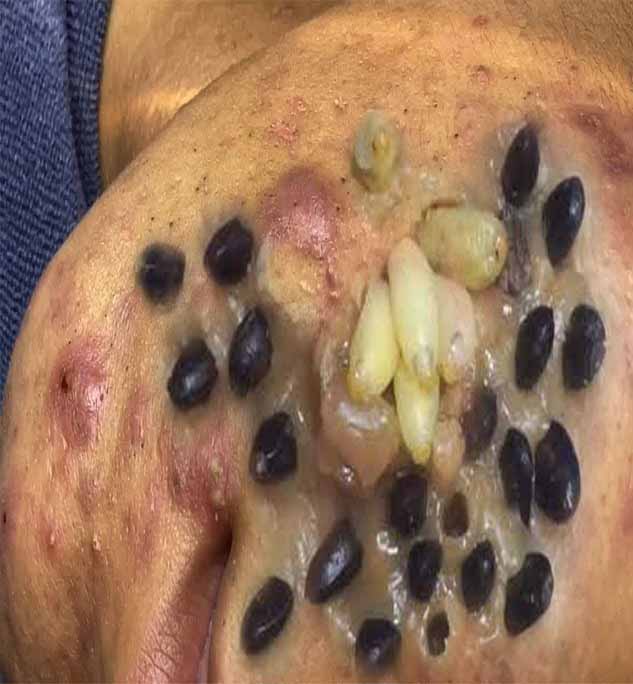Blackhead treatment requires a combination of consistent skincare practices, targeted products, and, in some cases, professional interventions to effectively manage and prevent these common blemishes. Blackheads form when hair follicles become clogged with oil, dead skin cells, and debris, and the open surface oxidizes, turning dark. To address blackheads, it’s essential to start with a gentle cleansing routine to remove excess oil and impurities without stripping the skin of its natural moisture. Exfoliation is also crucial, as it helps to remove dead skin cells that can clog pores. Products containing salicylic acid or glycolic acid are particularly effective because they penetrate deep into the pores to dissolve oil and debris. Retinoids, such as adapalene, can also be used to promote cell turnover and prevent clogged pores, making them a powerful option for blackhead prevention. For temporary relief, pore strips or clay masks can help extract impurities, but they should be used sparingly to avoid irritation.
For more persistent or severe blackheads, professional treatments may be necessary. Dermatologists or licensed estheticians can perform extractions safely to remove blackheads without causing damage to the skin. Other professional options include chemical peels, which exfoliate the skin and clear clogged pores, or microdermabrasion, which removes the outer layer of dead skin cells to reveal smoother, clearer skin. Maintaining a healthy lifestyle, including a balanced diet, proper hydration, and stress management, can also support overall skin health and reduce the likelihood of blackhead formation. It’s important to avoid squeezing or picking at blackheads, as this can lead to irritation, scarring, or infection. By combining effective at-home care with professional treatments when needed, blackheads can be managed and prevented, leaving the skin looking clearer and healthier over time.




